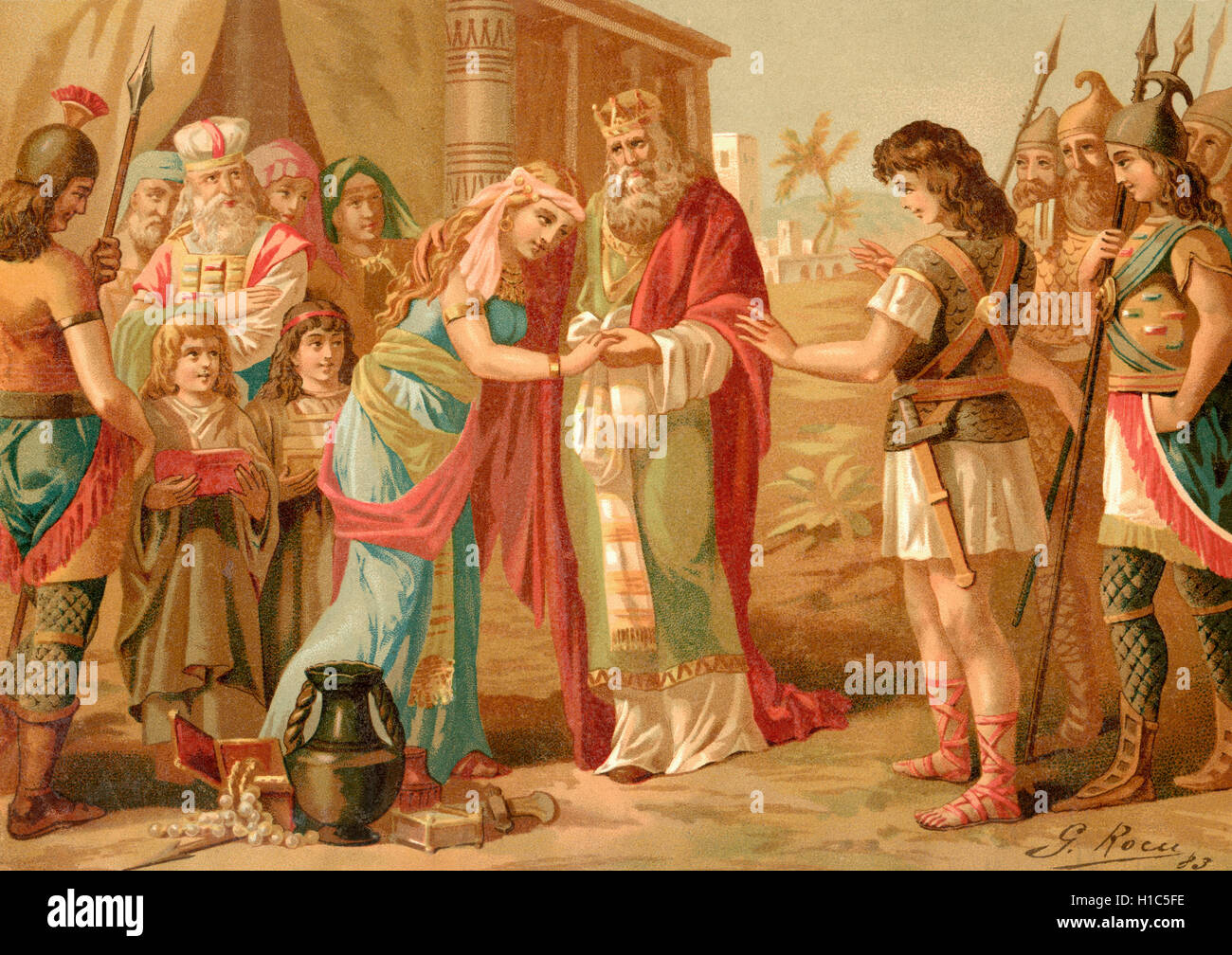

It is said that the madness of the “two o’ clock” appeared at that time, as a reaction to the terror and the grayness of the times.

Without work or support, they fell into a poverty in which they would live the rest of their lives. Three of their brothers were anarchist militants and after the outbreak of the Civil War, in July of 1936, the family was punished.

Born in the early twentieth cen tury, Maruxa and Coralia were two of the thirteen children of a cobbler and a seamstress of the Espíritu Santo street, north of the historic ce nter. The two died in the eighties and are buried in the cemetery of Boisaca.īut behind such extravagance hid a tragic story. There are several establishments in the old town that still have images of these two figures who were part of the Santiago landscape for decades. Maruxa, the youngest, always ready to pay a compliment and wink an eye Coralia, the oldest, quietest and most measured. Both their flattery to university youngsters and their bad temper are proverbial. Wearing brightly colored dresses and always extremely thin and impeccably made up, they walked every day through the old town. They were called Maruxa and Coralia Fandiño Ricart and everyone in Compostela in the middle part of the 20th century knew them as “the two o’clock”. Most visitors pose next to the statue of the ‘Marias’, in the central walk of the Alameda, a work that recalls two real and unforgettable figures that brought light, in their own way, to a city much grayer than it is now. It is one of the most portrayed urban elements of Compostela and yet, not many people know its true history.


 0 kommentar(er)
0 kommentar(er)
